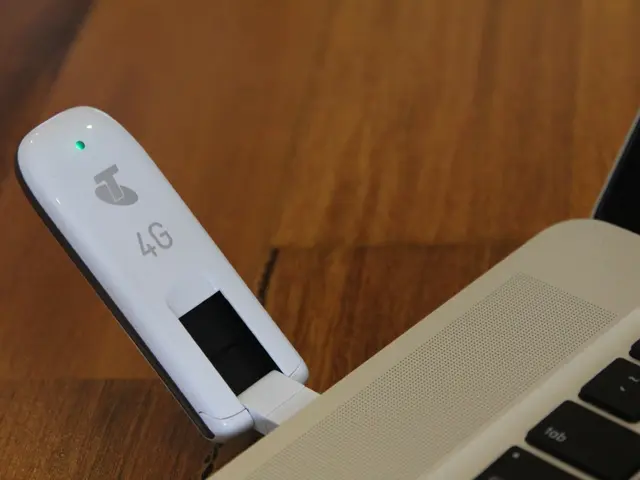Cryptocurrency-Accepting Financial Pyramids Identified by Central Bank's Percentage Determination
Financial Pyramids and Cryptocurrency: The Bank of Russia's Crackdown
In the digital age, it's no surprise that crooked investment schemes have found a new home - cryptocurrency. As reported in the Bank of Russia's Telegram channel, a whopping 86% of financial pyramids accepting investments have been spotted using cryptocurrencies, according to their findings in the first quarter of 2025.
With a 56% surge in illegal activities compared to the previous year, the Bank of Russia has identified 1,638 financial pyramids disguised as investment projects promising returns on digital assets, overseas real estate, commodity markets, and quick-selling businesses. These pyramids were promoted through internet resources, social platforms, and messengers, often using the influence of popular bloggers.
The regulator also clamped down on 897 organizations involved in illegal activities on the securities market, including 777 forex brokers offering margin trading in digital assets without the necessary license.
The surge in financial pyramids isn't new. In 2024, the Bank of Russia identified over 5,000 financial pyramids, nearly 2,000 illegal market participants, and 1,500 black creditors.
The question is, how is the Bank of Russia tackling this issue?
In a bid to bring crypto activities into a formal regulatory framework and minimize risks such as fraud, the Bank of Russia has introduced an experimental legal regime (ELR) for crypto activities. This regime allows only a select group of "super-qualified" or "highly qualified" investors to participate legally in crypto trading and operations. These investors are characterized by meeting high financial thresholds, such as possessing ₽100 million in securities or deposits, or earning an annual income of ₽50 million.
The regulator is also prohibiting cryptocurrency transactions between residents outside the ELR framework, aiming to prevent unregulated crypto activities where financial pyramids and scams could thrive.
By focusing on high-value qualified investors and regulating crypto financial instruments, the Bank of Russia is making a significant stride in reducing the public's exposure to crypto-based financial pyramids and enforcing action against fraudulent operations. The future may bring more developments, such as the Bank of Russia's own digital currency, the digital ruble, set for public launch by mid-2025.
In responding to the surge of financial pyramids in cryptocurrency, the Bank of Russia has introduced an experimental legal regime (ELR) for crypto activities, restricting legal participation to "super-qualified" or "highly qualified" investors. These investors are required to meet high financial thresholds, such as possessing ₽100 million in securities or deposits, or earning an annual income of ₽50 million.
The Bank of Russia is also preventing cryptocurrency transactions between residents outside the ELR framework, aimed at curbing unregulated crypto activities where financial pyramids and scams could thrive, thereby connecting finance, business, and technology to combat fraud in the digital age.








